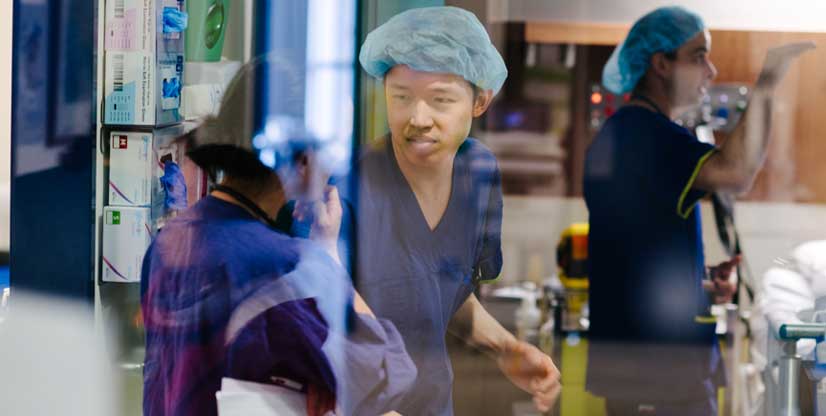About
Australian-first in kidney transplantation
- Home
- About
- Latest news
- Australian-first in kidney transplantation

14 August 2023
Last week saw Austin Health undertake an Australian first and transplant a kidney following the use of a new hypothermic oxygenated perfusion machine.
This new hypothermic device pumps oxygenated, cooled preservation fluid through donated kidneys from the moment they are retrieved at a donor hospital, throughout transport, until they a transplanted at the recipient hospital.
Kidneys preserved this way usually function better after transplantation, result in fewer serious complications, allows more time to prepare the transplant recipient and have lower rejection rates compared to the current cold storage method used in Australia - an esky with ice.
More than 30 staff at Austin Hospital came together to make the transplant a reality. The kidney was in cold storage for 14 hours, the majority of this with machine perfusion support.
“When the kidney was transplanted, it pinked up briskly and began making urine immediately. We are very happy with the result. This is a great outcome for the recipient”, said Director of Renal Surgery and Transplant, Associate Professor Bulang He.
Hypothermic perfusion joins our normothermic perfusion machine, which would salvage those organs deemed non-suitable by clinical judgement, to be transplanted following a period of restoration on the device.
Associate Professor John Whitlam, Medical Director of the Kidney Transplant Service, says the availability of hypothermic oxygenated machine perfusion at Austin Health is already opening transplant opportunities that previously would not have been possible.
“We continue to work toward our vision of making this technology available to all Victorians and Tasmanians. We will see the most value from this technology at scale. We are most grateful for the support of our donors, health service, and the Victorian Government.”
This milestone follows our already established normothermic perfusion program for liver transplants. Last week also saw both a liver and kidney perfused on the machine concurrently for two separate transplants. The availability of both machines operating together also marks an Australian-first for organ transplantation.
Growing our capacity and capability for key specialist services like organ transplantation is a key feature of our latest Strategic Plan and feeds into our objective of being national leaders in specialist care.


